Instructionally Useful Assessments for Ambitious Teaching
edWeb.net
NOVEMBER 14, 2024
Watch the Recording Listen to the Podcast Educators want assessments to be instructionally useful and provide data they can use to help students learn, but not all assessments do that. So what do instructionally useful assessments look like? Designing instructionally useful assessments does not have to be difficult.






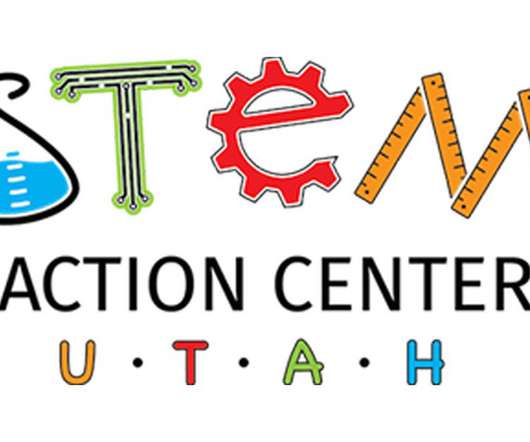


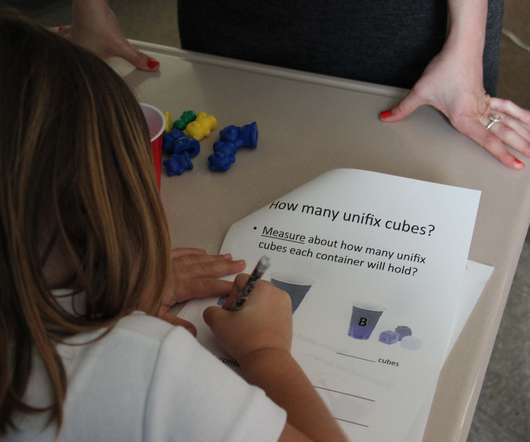




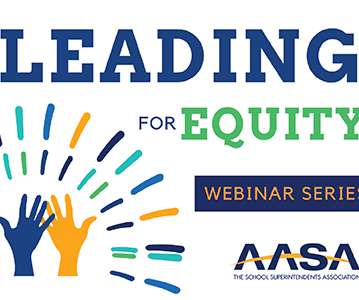

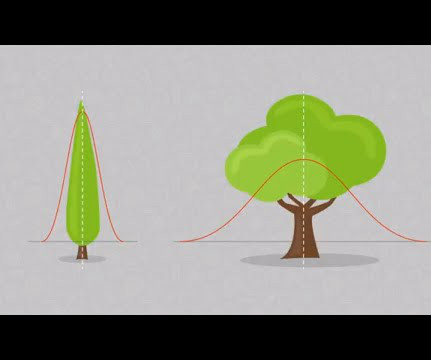
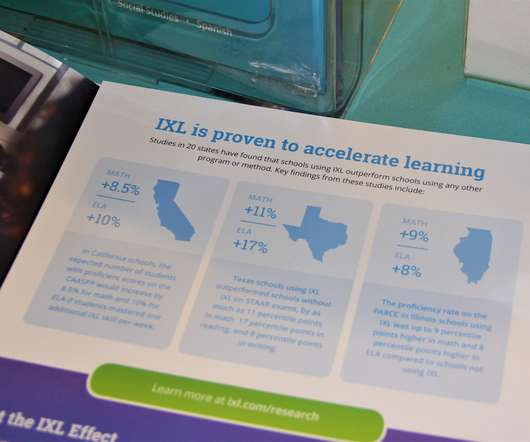










Let's personalize your content